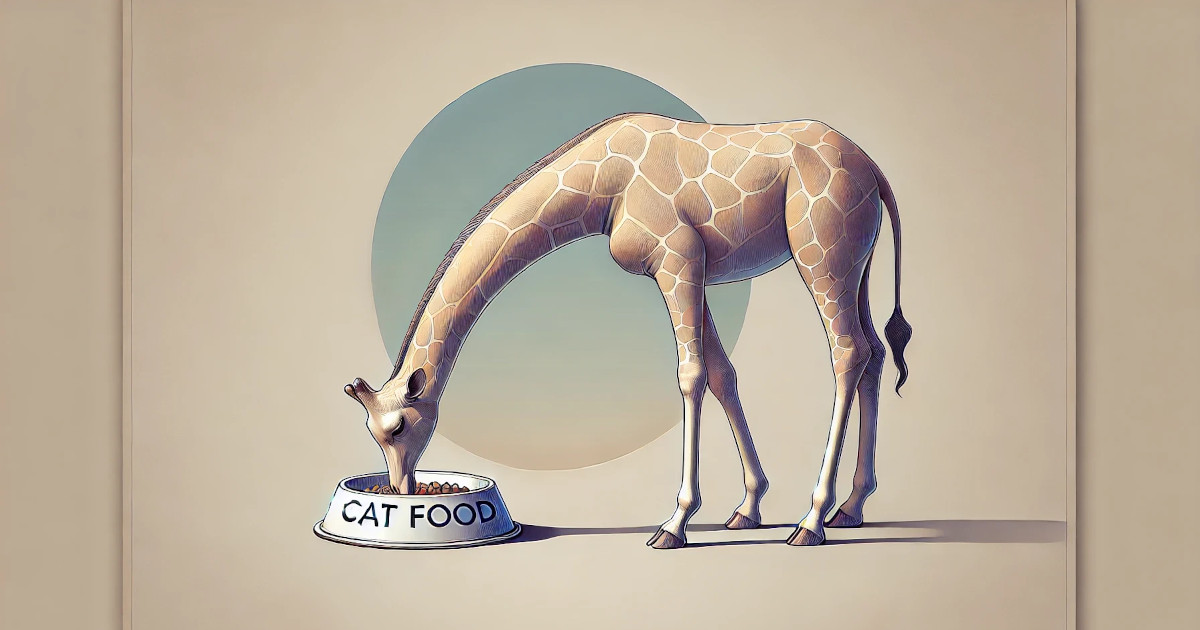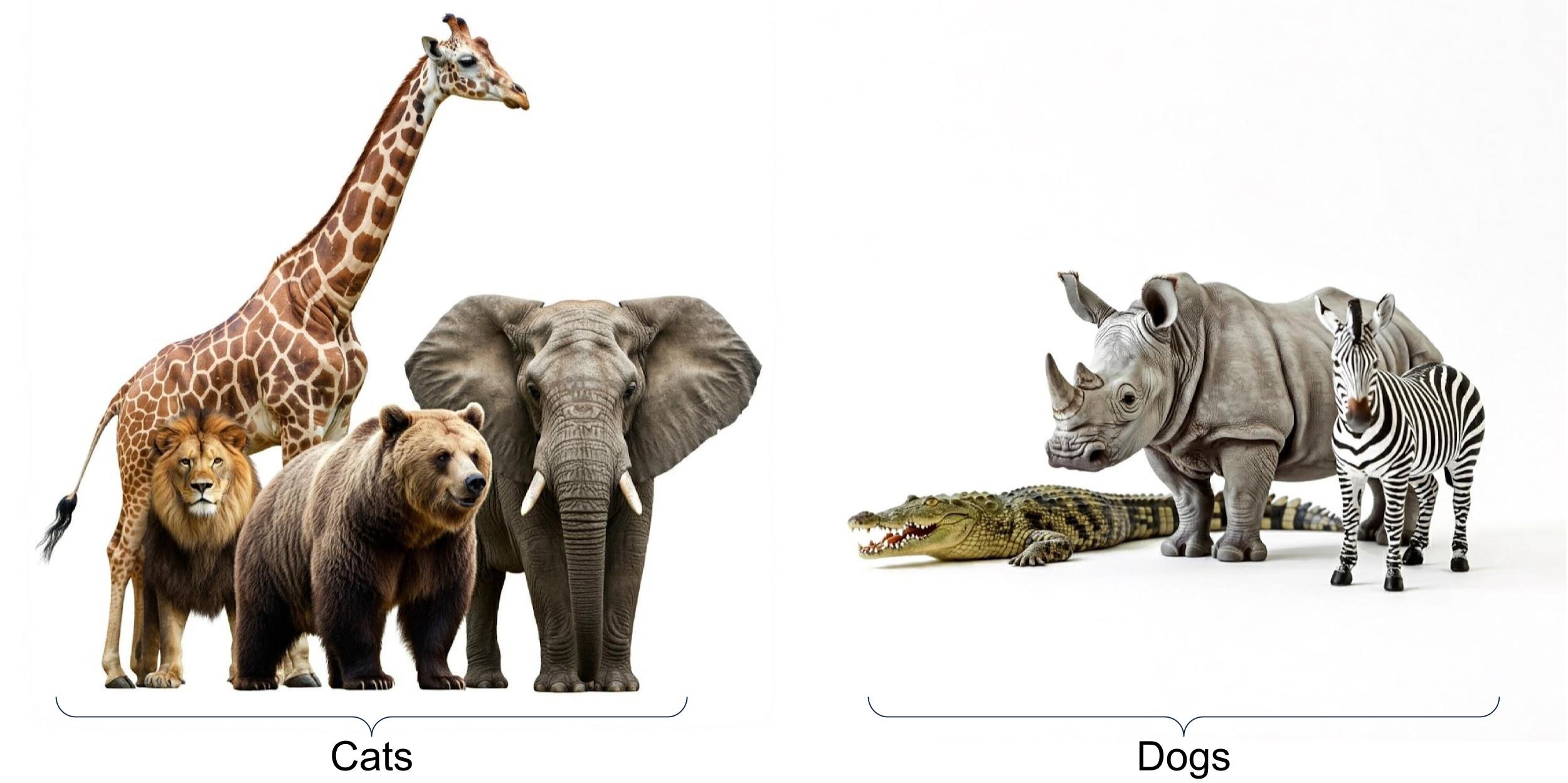Data-Driven or Data-Derailed? Lessons from the Hello-World Classifier

Predictive modeling spans a wide spectrum of purposes, it seems—from making us laugh or smile to driving business insights and informing serious decisions. But do adopters always understand where they stand on this spectrum?
The Zoo Experiment
We manage a zoo, and we want to classify our animals for logistics optimization.
Our new Senior Principal Lead Data Scientist, freshly graduated in advanced French literature, has shrewdly maneuvered to dig up a free state-of-the-art “AI” on a website named “GitHub,” apparently owned by a tech giant. It bears the enigmatic name “hello-world-cats-and-dogs-classifier” (those tech people seem to always follow some enigmatic naming conventions; they really should pick names that make sense).
This AI is super accurate! The developers—affiliated with renowned big tech firms—swear it is, showing impressive numbers: ROC curves, AUC scores, accuracy metrics. Although unsure about what those mean, it looks incredible! Plus, it is free—surely the hallmark of quality scientific rigor!
Our groundbreaking insights about zoo dwellers:

Great! From now on, we can order food and medicine accordingly. Being data-driven is so much fun and easy!
The Philosophy Behind the Humor
The outcome of our zoo experiment—classifying giraffes as “cats” and rhinos as “dogs”—might trigger a smile in Arthur Schopenhauer’s face. According to his incongruity theory, humor arises from the absurd mismatch between expectations and reality. A giraffe being labeled a “cat” is funny because it is absurdly incongruous, defying logic and common sense.
Henri Bergson, however, might offer a different perspective. For Bergson, humor often springs from seeing mechanical rigidity imposed upon life’s natural fluidity. When we laugh at our zoo classification, we are really laughing at the model’s mechanical oversimplification—a rigid framework reducing the rich complexity of zoo animals into two inadequate categories.
Together, these perspectives illuminate why the humor works on multiple levels: the incongruity catches us off guard, while the rigidity reminds us of the flaws in blindly applying mechanistic systems to dynamic realities.
This rigidity, when applied to real-world systems, often leads to blind spots that are less laughable and more costly.
A Real-World Parallel
Consider this fictional scenario (yet à clef!): The hotel booking flow asks prospective travelers to choose their travel purpose: Business or Leisure.
Yet when these same travelers reach their final destination, their disembarkation cards present different categories: Tourist, Student, Business, Family, Others.

What if the hotel booking company’s goal was to predict where passengers might go, to offer relevant promotions? A “Visiting-Family” traveler might share both timing and destination constraints with “Business” travelers (e.g., school holidays vs. fiscal year-end or grandparents in Tokyo vs. sales office in Paris). A “Student” might have similar price sensitivity to a “Tourist” but with rigid destination constraints. Just as our giraffes became cats, the “business” traveler might hide nuances like “student on a budget” or “family on a workcation or bleisure.”
These arbitrary labels can lead to mismatched marketing, missed opportunities, and, in some cases, customer dissatisfaction.
Our zoo example, though humorous, underscores a serious question worth asking.
The Uncomfortable Question
So how many self-proclaimed “data-driven” organizations are using their equivalent of the hello-world-cats-and-dogs-classifier? How many are forcing giraffes into cat categories because their model only knows two classes?
The Path Forward
Being truly data-driven is not about applying pre-built models blindly. It requires understanding the fluid, messy nature of reality and designing systems that respect it. Because when we force complex phenomena into oversimplified boxes, we do not just create humor—we create blind spots that cost us opportunities and insights.
No one wants to be the person ordering cat food for a giraffe—or the business making decisions on data that misses the point.
Art and text by Loic Merckel. Licensed under CC BY 4.0. Originally published on 619.io. For discussions or engagement, feel free to refer to the LinkedIn version or Medium version. Otherwise, attribute the original source when sharing or reusing.